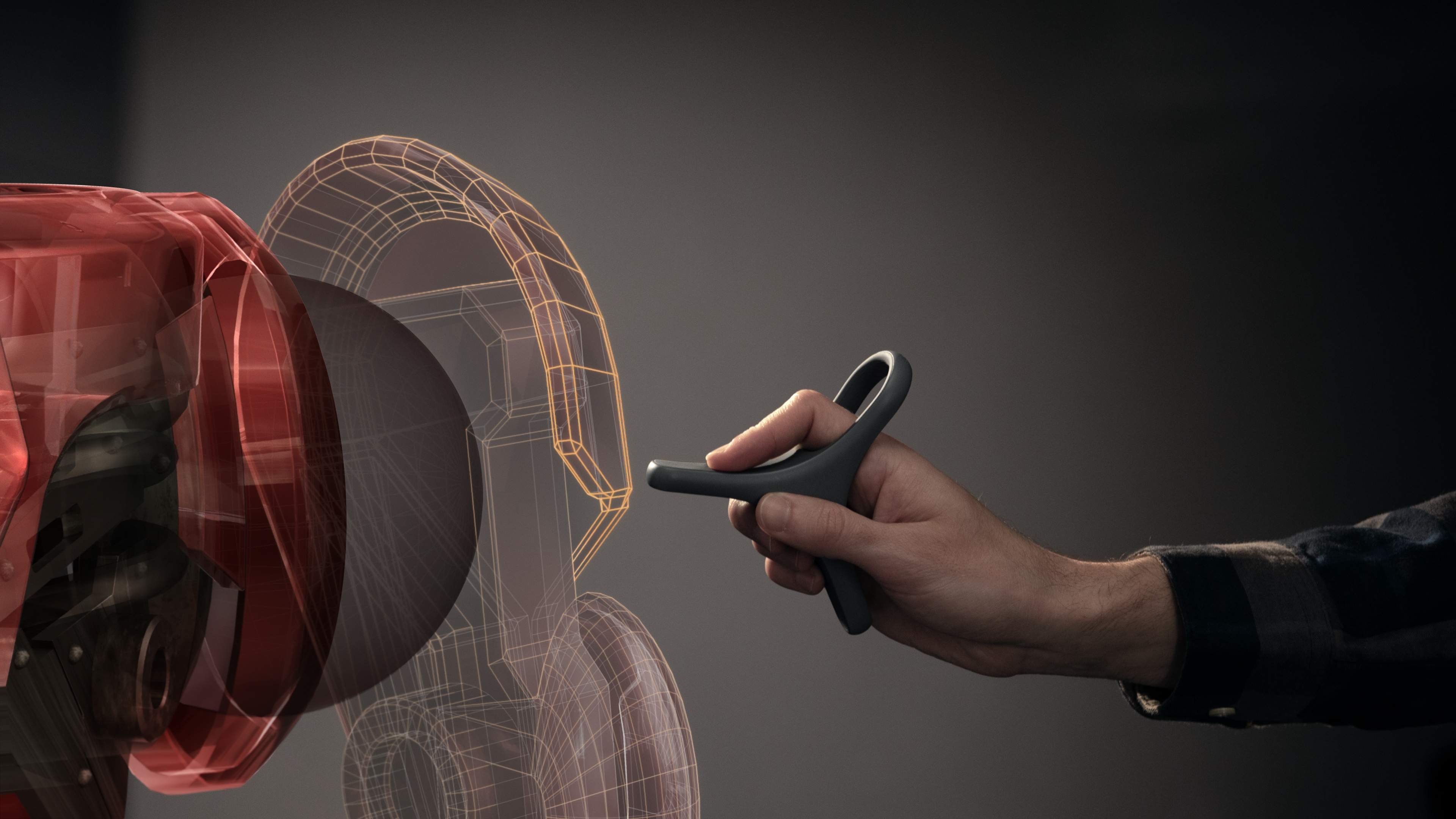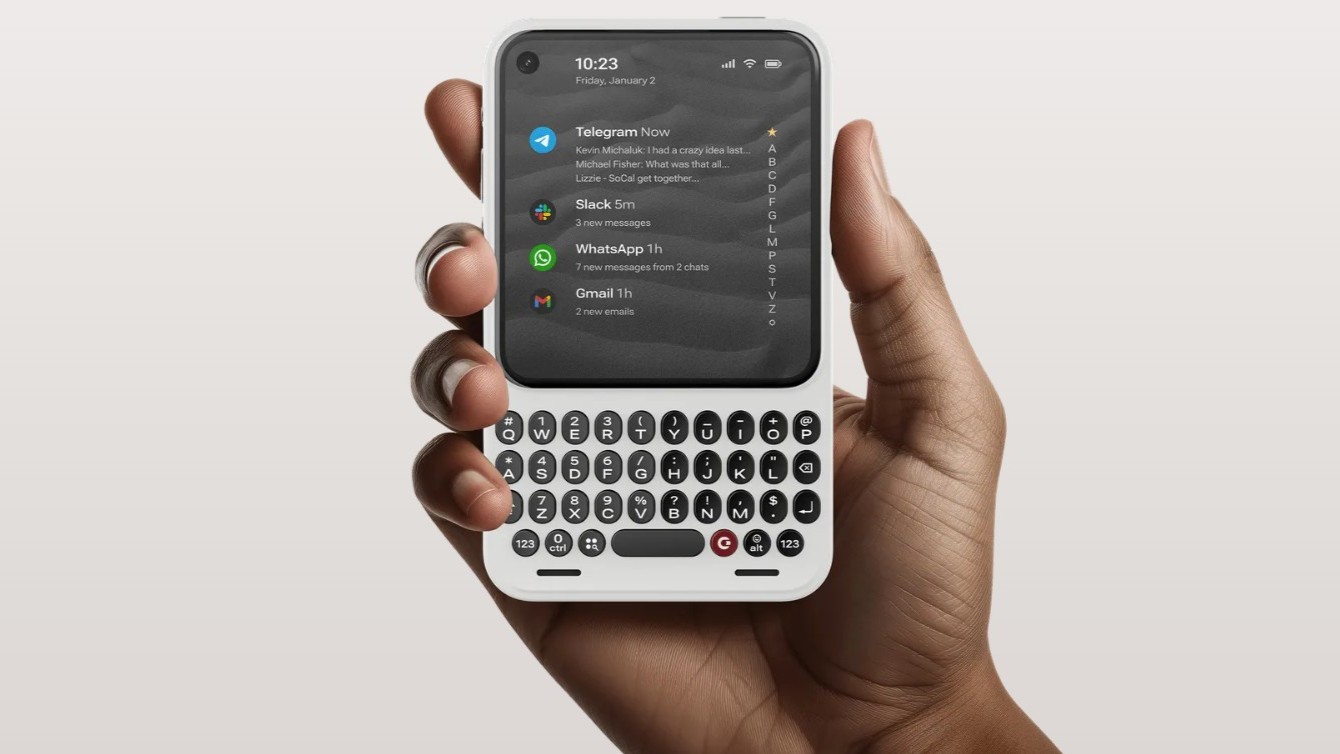PSVR 2 maker Sony pivots to 'spatial' XR with another Apple Vision Pro-style headset you won't buy
It has 4K microdisplays you can flip up like sunglasses and a Snapdragon chip capable of real-time 3D rendering.

What you need to know
- Sony announced a new mixed-reality headset at CES 2024, due out later this year.
- It has 4K micro-displays, a Snapdragon XR2+ Gen 2 chipset, and two controllers: a smart ring and a handheld "pointer."
- It's designed for enterprise users building 3D objects for engineering or entertainment, and will likely cost over $1,000.
One year after using CES to show off its gaming-focused PSVR 2, Sony has announced a new mixed-reality headset for "spatial content creation" targeting pro 3D creators and the entertainment industry. Like most XR companies, it has the Apple Vision Pro in its crosshairs.
Unlike the wired PSVR 2, Sony's "XR Head-Mounted Display," due out sometime in 2024, will use the Snapdragon XR2+ Gen 2 for a wireless design. Sony will also support "split rendering" between the headset and a connected computer to better handle 3D creation.
Samsung's long-rumored XR headset will also use the XR2+ Gen 2. It's only slightly faster than the XR2 Gen 2 found in the Meta Quest 3 for raw performance, but it's capable of running more cameras and supporting higher resolution. Still, Sony probably assumes that most people will use its headset while linked to a PC for extra power.




While the PSVR 2 used 4K-level OLED displays, Sony's new headset uses "OLED microdisplays" with 96% of the DCI-P3 color gamut, making it well-suited for professionals who need true color accuracy.
Plus, the pancake lenses make this new headset less front-heavy, and the design lets you push the display up like flip-up sunglasses, letting you see people directly instead of relying solely on camera passthrough.
Sony showed off two interesting controllers for the headset: a ring controller that lets you "intuitively manipulate objects in virtual space," and a more precise "pointing controller" that's fully held in your hand and has a touchpad element where your index finger sits.
Whereas the PSVR 2 relied on the connected PS5's OS and UI, this new Sony XR headset will have dedicated software for 3D creation co-produced by Semiens. The video above shows an idealized look at what kind of software the headset will offer, including "real-time, high-definition and realistic rendering of textures of 3D objects and facial expressions of human characters."
Get the latest news from Android Central, your trusted companion in the world of Android
Unlike Apple with its Vision Pro, Sony isn't marketing this headset to the public. It's essentially an "Enterprise" XR headset, meant for serious engineers or Hollywood CGI studios that can budget for them. It's unlikely that the headset will support any of the popular PSVR 2 games you know and love, anyway.
In other words, it's not a headset that everyday people reading this will ever use. But it looks pretty darn cool, and it has us wondering whether "productivity XR headsets" are closer to reality than when the Meta Quest Pro failed to resonate.

CES 2024's most overused buzzword may be "AI," but a close runner-up is "spatial computing." It's Apple's favorite term for the type of mixed-reality experiences the Vision Pro can deliver, which means most other VR or XR companies have fallen in line, using CES to hype up their own "spatial" tech.
Sony is no exception. Its press release for the new XR headset is full of terms like "Spatial Reality" and "spatial recognition," all highlighting the next-gen nature of its tech. Essentially, it's a headset that not only lets you create 3D objects, but also lets those objects interact with your real 3D environment. In theory.
Sony says it will reveal launch details like specs, pricing, and software compatibility later this year. But since Samsung's XR headset with the same Snapdragon chip is rumored to cost $1,000, we can assume Sony's headset — with its enterprise focus and extra peripherals — will cost even more, while still undercutting Apple's massive $3,500 price tag.

Michael is Android Central's resident expert on wearables and fitness. Before joining Android Central, he freelanced for years at Techradar, Wareable, Windows Central, and Digital Trends. Channeling his love of running, he established himself as an expert on fitness watches, testing and reviewing models from Garmin, Fitbit, Samsung, Apple, COROS, Polar, Amazfit, Suunto, and more.
